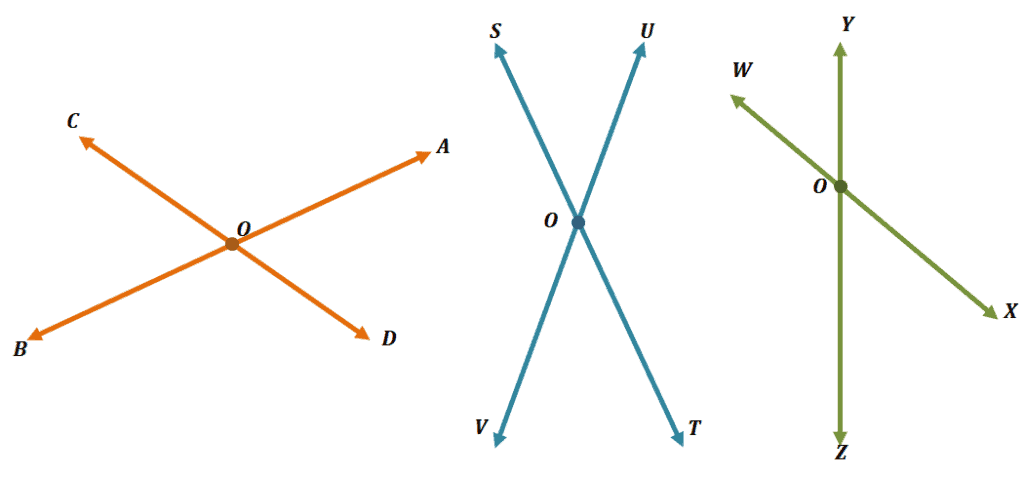

What about the idea of same? Young children can see that two rectangles are perceptually the same or identical ( congruent). At the same time, the children may not know anything important about them. We need to distinguish between seeing and thinking, perception and thought. In brief, the ability to discriminate means only that the children see that the shapes look different. They can also easily discriminate between 3-D shapes, for example, between a rectangular prism (like a book) and a sphere (like a ball), or between a sphere and a cube (like a block with six square faces).Ĭlearly young children can see differences between triangles and rectangles, and between books and balls. They may even know the names triangle and rectangle. But at the same time, they may not be able to analyze the basis for their discriminations. They may have no knowledge about the properties of triangles and rectangles. They may not understand, for example, that a triangle must have three sides, that it is a closed figure, or that both figures are polygons.
Young children can easily discriminate (see or perceive the differences) between various shapes. For example, asked whether the 2-D shapes in Figure 1 are different, children will quickly agree that they are. But analyzing them is much harder. Hence, the focus of early geometry education should be on analysis and understanding.Īt roughly three and four years of age, children learn several aspects of shapes, both two-dimensional ( 2-D) and solid ( 3-D). The illustrations that follow mostly involve 2-D shapes, but the same points can be made about solids as well. From their earliest days to about 18 months, babies can easily see the differences between common objects: they see that mother is different from father and that dog is different from cat. Babies can differentiate types of objects: they see that this is the plate and this is the cup, even if they don’t know the name for each and cannot articulate the key differences between them. Further, babies can identify objects even when they change location: this is mother regardless of whether we see her from one side or another, or whether she is close or far, lying down or standing up, or partially or fully visible.īy the end of infancy, object perception is relatively well developed, and children navigate the everyday world with relative ease. At the same time, they still have a great deal to learn, particularly the analysis of shapes, that is, understanding their essential features. Learning the shape names is easy. Perception of objects begins soon after birth. We learn, for example, that triangles must have three straight sides and three angles, but the angles may be narrow or wide, and the triangles may be tall or short, red or blue, or tilted in any number of ways. The second component is thinking about space. We learn how objects relate to one another and to us in space: the ball is on top of the sofa, the sofa is under the ball, and we are in front of both.Īlthough children accurately perceive shape and space in their everyday environments, preschool children from about three to five years of age need to learn to think about these topics. Our main educational goal should be to promote understanding of basic geometry. Geometry encompasses two major components. One is reasoning about shape.


 0 kommentar(er)
0 kommentar(er)
